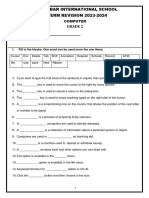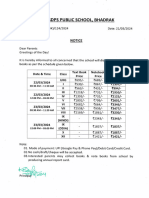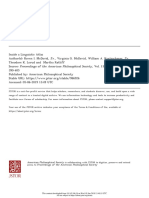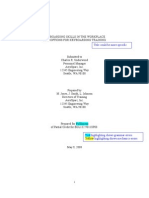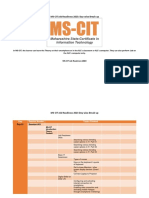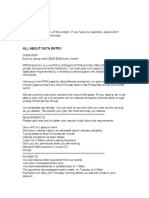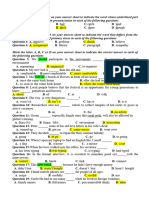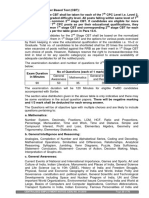0% found this document useful (0 votes)
90 views5 pagesData Entry and Keyboarding Skills
The document consists of a series of questions and answers related to data entry and keyboarding skills, covering topics such as input devices, typing methods, keyboard keys, and typing speed. It includes multiple-choice questions and short answer questions that explain various aspects of typing and keyboard usage. Additionally, it highlights the importance of typing ergonomics and the use of typing software.
Uploaded by
swapnaranibehera852369Copyright
© © All Rights Reserved
We take content rights seriously. If you suspect this is your content, claim it here.
Available Formats
Download as PDF, TXT or read online on Scribd
0% found this document useful (0 votes)
90 views5 pagesData Entry and Keyboarding Skills
The document consists of a series of questions and answers related to data entry and keyboarding skills, covering topics such as input devices, typing methods, keyboard keys, and typing speed. It includes multiple-choice questions and short answer questions that explain various aspects of typing and keyboard usage. Additionally, it highlights the importance of typing ergonomics and the use of typing software.
Uploaded by
swapnaranibehera852369Copyright
© © All Rights Reserved
We take content rights seriously. If you suspect this is your content, claim it here.
Available Formats
Download as PDF, TXT or read online on Scribd
/ 5









































